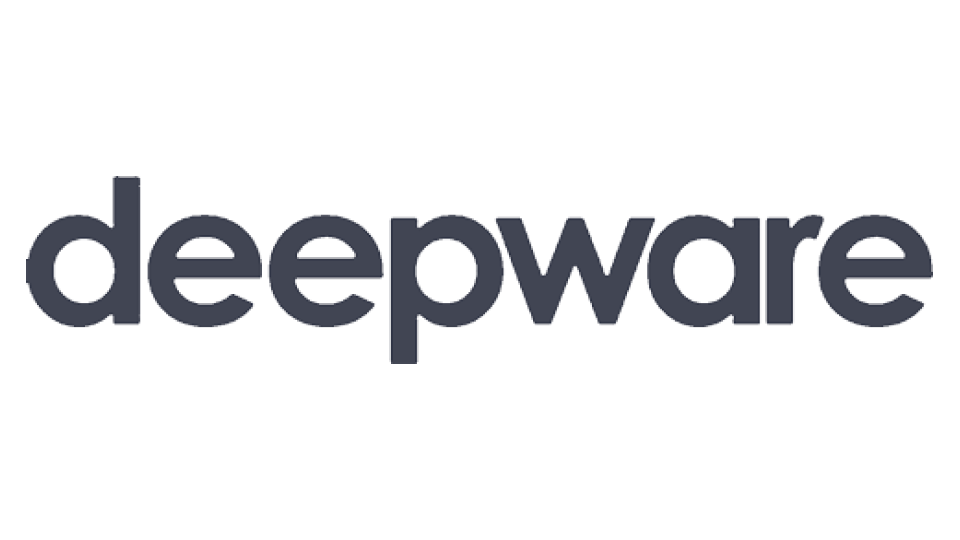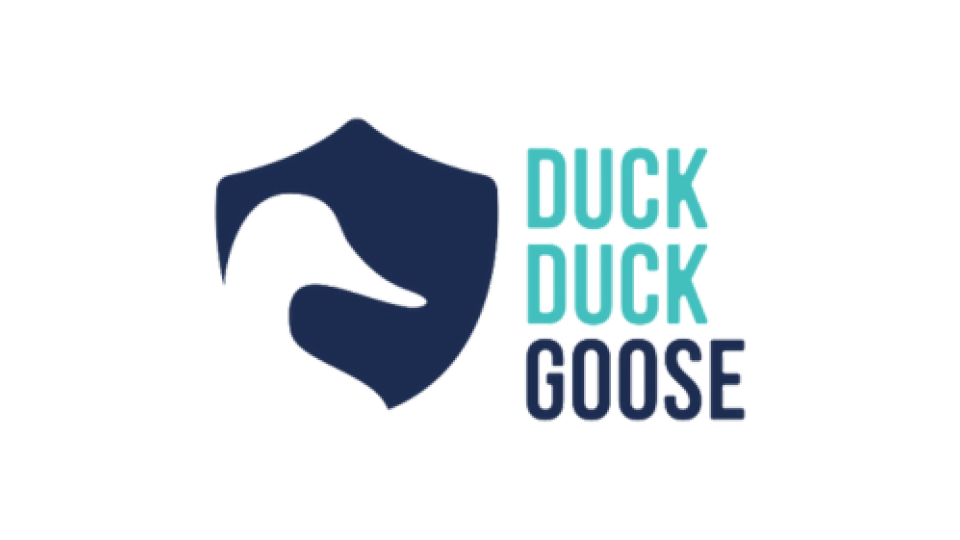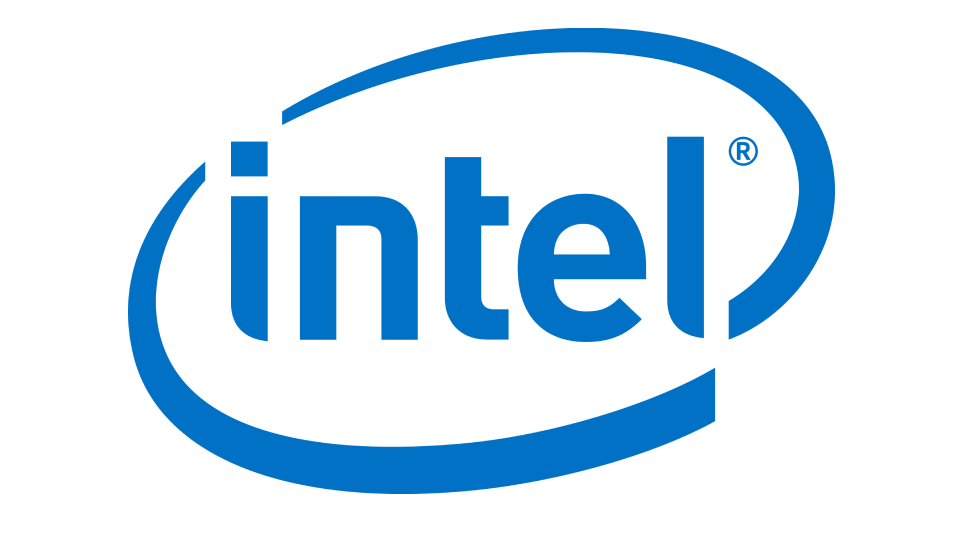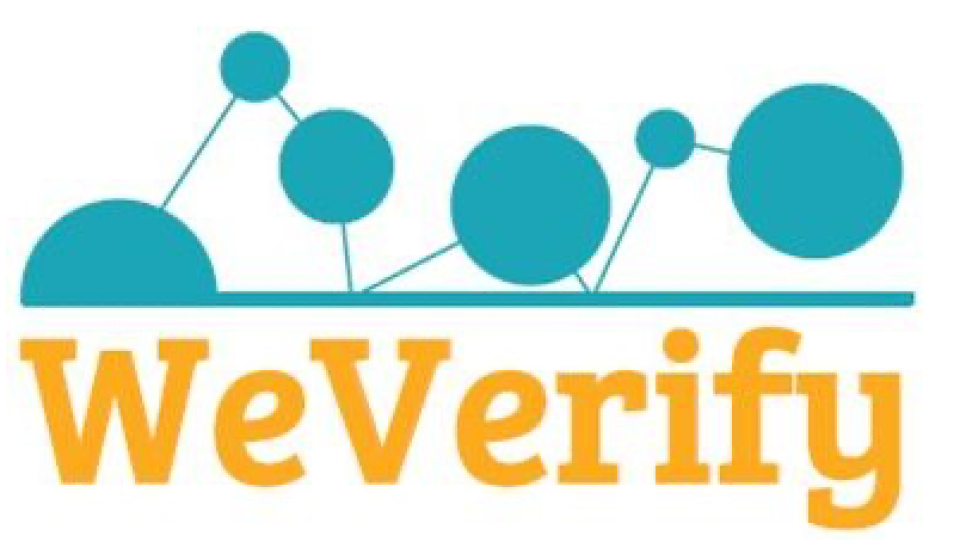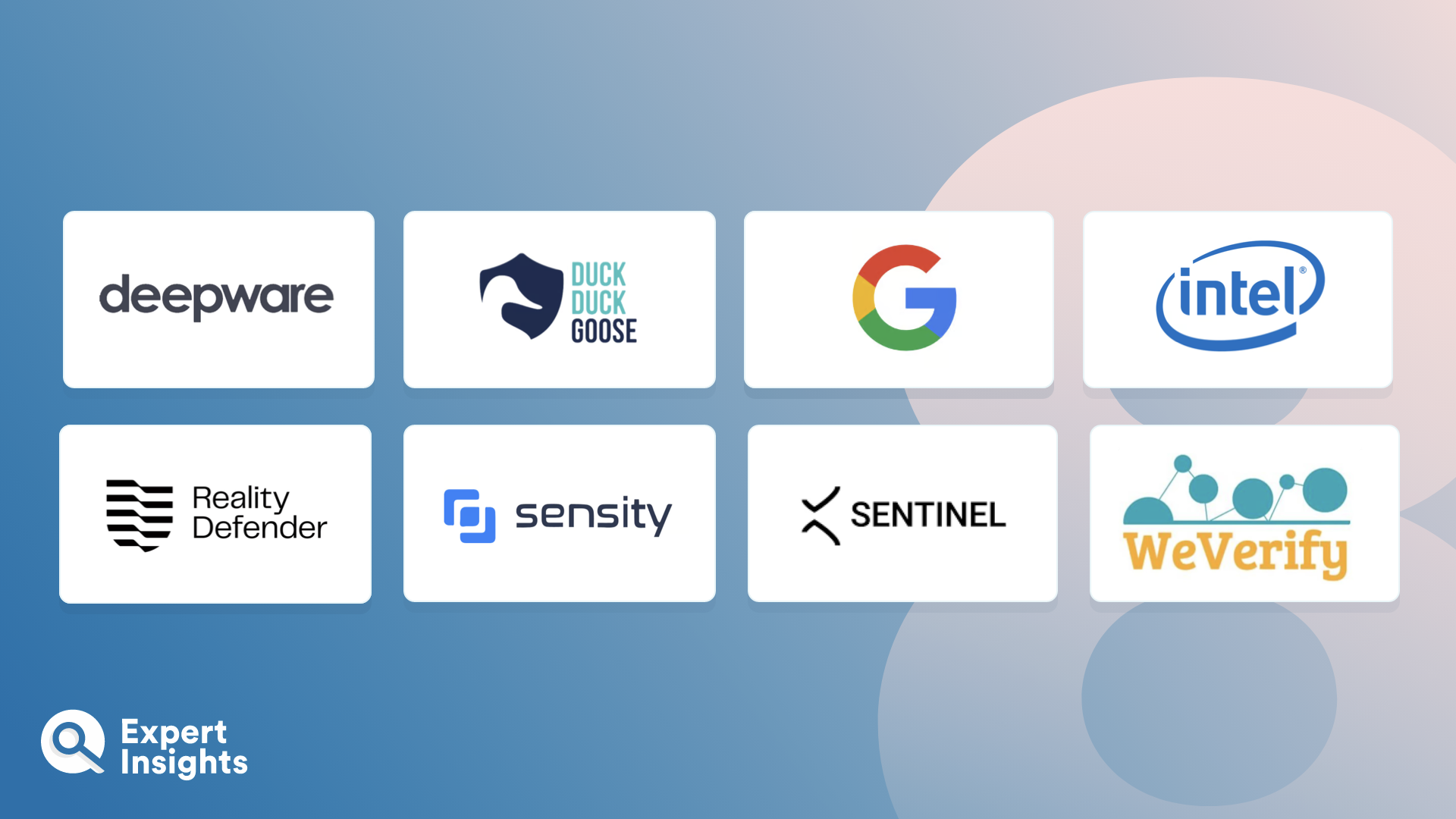Everything You Need To Know About Deepfake Detection Solutions (FAQs)
What Are Deepfakes?
Deepfakes are a type of synthetic media created using computer processing and machine learning techniques (specifically “deep” learning). These techniques are used to either create entirely new content or to alter existing content, to make it appear as though someone did or said something that they actually did not.
Deepfakes commonly involve the substitution of one person’s face onto another person’s body in a video or image. This technique is called “face swapping” and is achieved using a deep neural network called a generative adversarial network, or “GAN”. GANs use two machine learning algorithms to create deepfakes: one creates the image, and the other tries to detect it. When the detection algorithm identifies the deepfake, the first one improves it to try to get past the detection—this goes on until the creation algorithm defeats the detection algorithm by creating an image that’s virtually impossible to identify as being fake. Using a GAN, individuals can create images with realistic facial expressions, lip movements, and other non-verbal cues that make it very difficult to distinguish the manipulated content from an original.
But deepfakes don’t always involve the creation of a fake image, they can also involve voice synthesis. In this type of deepfake, voice cloning technology is used to create audio content that realistically mimics the speech patterns and intonations of a specific individual.
Why Are Deepfakes Dangerous?
While deepfake technology does have positive applications, such as being used to create special effects in the entertainment industry, it can also be used by threat actors to create deceptive content that manipulates public opinion, spreads misinformation, and impersonates individuals (e.g., to convince company employees to transfer money to fraudulent accounts).
And unfortunately, the process of creating deepfakes is becoming increasingly accessible, with numerous out-of-the-box image synthesizing tools readily available on Github.
What Are Deepfake Detection Solutions?
Deepfake detection solutions are tools designed to identify deepfake content. Typically, they use deep learning algorithms, such as Convolutional Neural Networks (CNNs) and Recurrent Neural Networks (RNNs), to analyze patterns and anomalies in media content and identify signs of manipulation. They may also use image and video analysis tools that look for inconsistencies in facial expressions, lighting, and lip sync, audio analysis tools that identify unnatural speech patterns, anomalies in voice characteristics, or inconsistencies in the audio track, and behavioral analysis tools that focus on anomalous behavioral aspects, such as eye movement and facial expressions.
In addition to analyzing the content itself, some deepfake detection solutions use forensic analysis tools and blockchain or watermarking to identify signs within its metadata that the content may be fake. Forensic analysis tools examine the digital fingerprints and artifacts left behind during the creation of deepfake content, while blockchain technology and digital watermarking can authenticate and verify the origin of media content. This helps ensure the integrity of the content and prevent unauthorized modifications.
By using techniques like these to study the patterns used in the generation of deepfakes, deepfake detection solutions can more accurately identify anomalies that distinguish manipulated content.
What Features Should You Look For In A Deepfake Detection Solution?
Deepfake detection is an emerging category of cybersecurity technology. Many of these tools are still in beta or early stages of development, which means that their features sets are still evolving and may vary between different solutions. However, there are some features that are common to most deepfake detection solutions, and which you should consider when comparing tools. These include:
- Multi-Modal Detection: Deepfake techniques can be applied to different types of media, so look for a solution that can detect deepfakes across various modalities, including images, videos, and audio.
- Machine Learning and AI Algorithms: Advanced machine learning algorithms, including deep neural networks, are crucial for effective deepfake detection, as they enable the solution to learn and adapt to new deepfake techniques.
- Training Data Diversity: A robust deepfake detection tool should be trained on a diverse dataset that includes a wide range of deepfake variations. This helps the model generalize better and detect newer, more sophisticated deepfakes.
- Real-Time Processing: For video content especially, real-time processing capabilities are essential. Look for solutions that can quickly analyze and detect deepfakes as they are being generated or shared.
- Transparency: The solution should provide explanations for its decisions, giving users insights into why a particular piece of media is identified as a deepfake.
- Forensic Analysis: In addition to detecting deepfakes, a good solution should offer forensic analysis tools that identify specific manipulations within media files and provide details about the deepfake generation process.
- Continual Updates: The deepfake landscape is constantly evolving, and new techniques emerge regularly. A reliable detection solution should provide regular updates to adapt to the latest advancements in deepfake technology.
It’s also important to remember that the best protection against deepfake threats combines detection technologies such as those featured in this list, with user education. If this is something you’re not yet investing in, check out our guide to the best security awareness training platforms for business.



